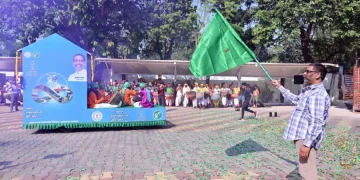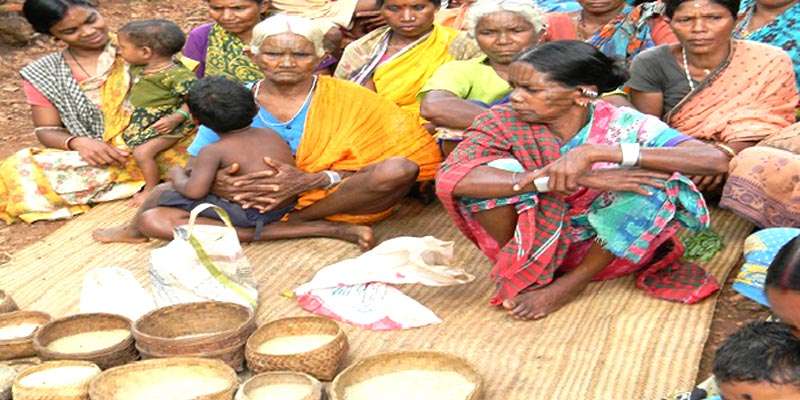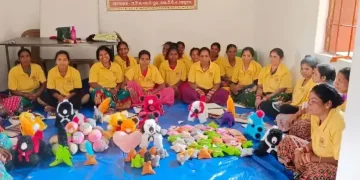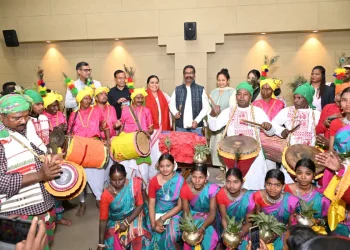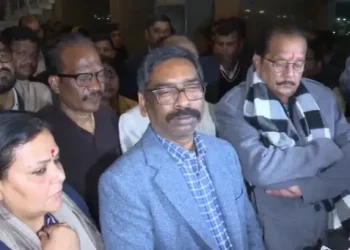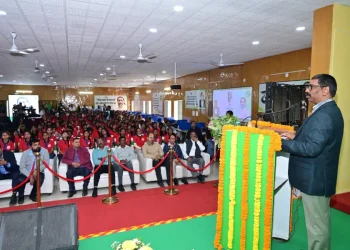It is true that there is strength in numbers. And the cooperative (Sangh) structure has proved this in numerous poverty-ridden villages of Odisha’s Kandhamal district.
Sixteen years ago, Jayalamba village too decided to overthrow the tyranny of the moneylender (sahukaar) with the strength of numbers. These Kondh tribal women formed a Mahila Sangh to help them ride out times of distress and break their reliance on loans from the wealthy.
A collective contribution forms the bank and those in need, tap it. Whether it is food for the family, seed for their fields or even hard cash – the cooperative provides from its coffers. And villagers escape the clutches of the lender’s unjust muscle power and clout.
Gitanjali Kanhar of Jayalamba Sangh says, “Our banks can feed us during a poor harvest, help us tackle health issues or organise functions like marriage. They are good for our self-respect after so many years spent in fear of the sahukar.”

A collective contribution forms the bank and those in need, tap it. Whether it is food for the family, seed for their fields or even hard cash – the cooperative provides from its coffers
The collective movement has actually been a concerted and ceaseless war on poverty that began in 1998 with the help of the Association for Rural Area Social Modification, Improvement and Nestling (Arasmin), across 60 villages. It now encompasses 260 villages, including those in the neighbouring districts of Kalahandi and Bolangir.
At the beginning, it proved tough for Arasmin to convince the tribals about the financial basis. But three months of unrelenting efforts finally bore fruit. Arasmin director AC Routray says it’s all on track now.
How the Banks Work
For the food bank, each member of a Sangh saves a handful of rice daily to contribute a lump sum every fortnight. “No interest is charged on borrowed quantity for three months. If we default, we deposit 25% more as interest,” explains Kousalya Majhi of Gambhari Guda Sangh, Kalahandi.
Initially, the cooperative would sell the collected rice as it would be a mixture of various varieties. It would use the proceeds from the sale to buy one uniform variety for all its members.

Later, however, the women began growing indigenous varieties, such as Kodo Dhaan, a variety of millet (Paspalum scrobiculatum). With most women growing the same thing, a single variety could be collected.
Malati Dedheria of Kanersinga Sangh, Bolangir, explains the advantages of such indigenous varieties. “The likes of Kodo need less water,” she says. “They require neither fertiliser, nor pesticide. They are ecofriendly varieties that maintain soil health.”
For the seed bank, each tribal family initially contributed 50 grams of the seeds of crops such as corn, gourd, beans and others, along with eight varieties of Kodo millet rice, every month. Subsequently, the contribution was increased to 100 grams. Interest on a seed loan is payable after three months, ranging from 50% to 200%.
The cash pool, of course, is the ultimate triumph. Every member contributes Rs 5 per month. “If we work in a project, we contribute one day’s wage, which we call reedaa in Kui dialect,” says Palanga Kanhar of Gabharasa Mahila Sangh, Bolangir.
As a matter of abundant caution, the wealthy are kept away. “No members of well-off families are inducted into the Sangh because they may chip in with more shares to smother other voices,” explains Arasmin’s Routray.
The tribals now live much more secure lives, as their society gains from collective efforts.








